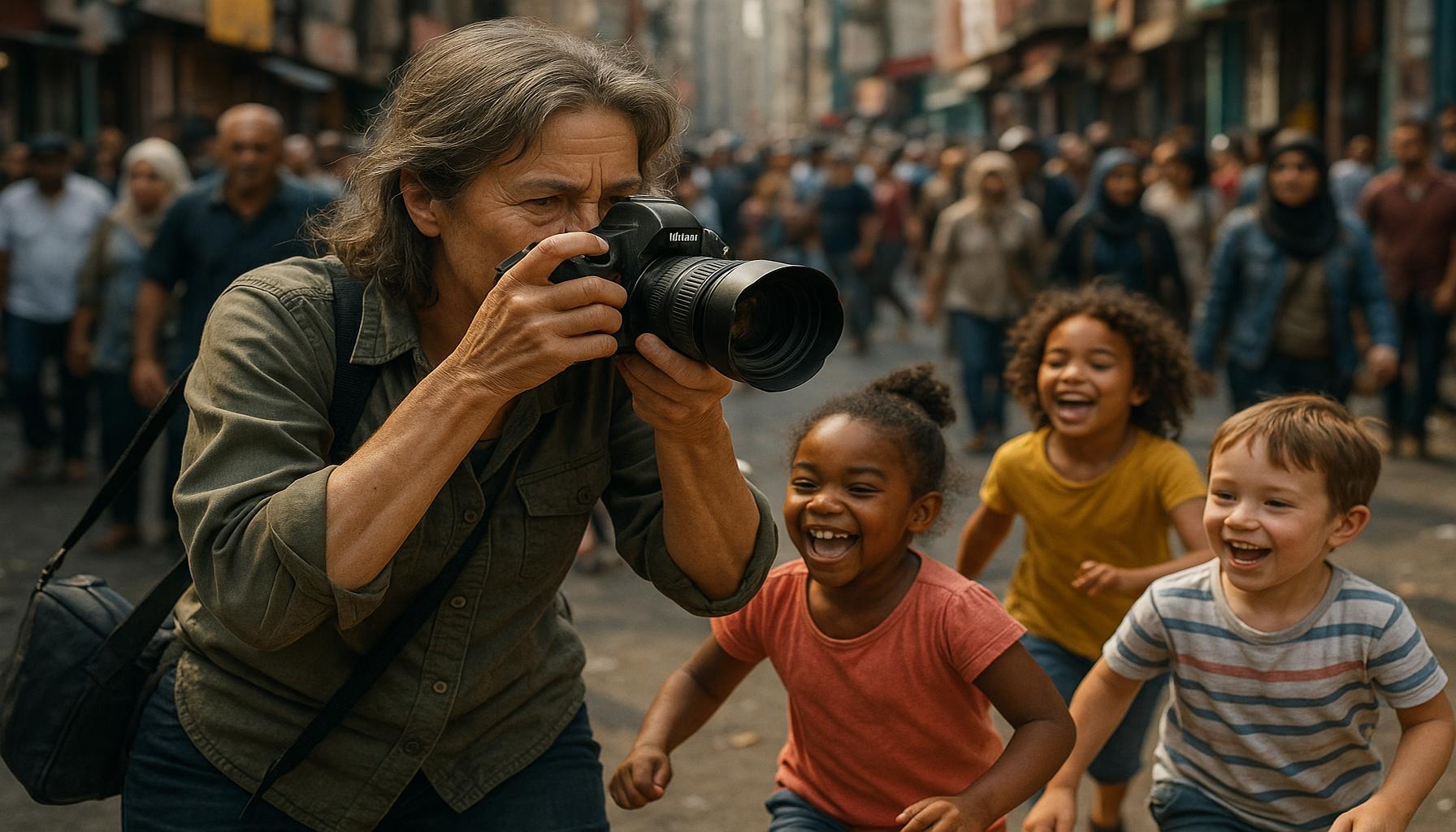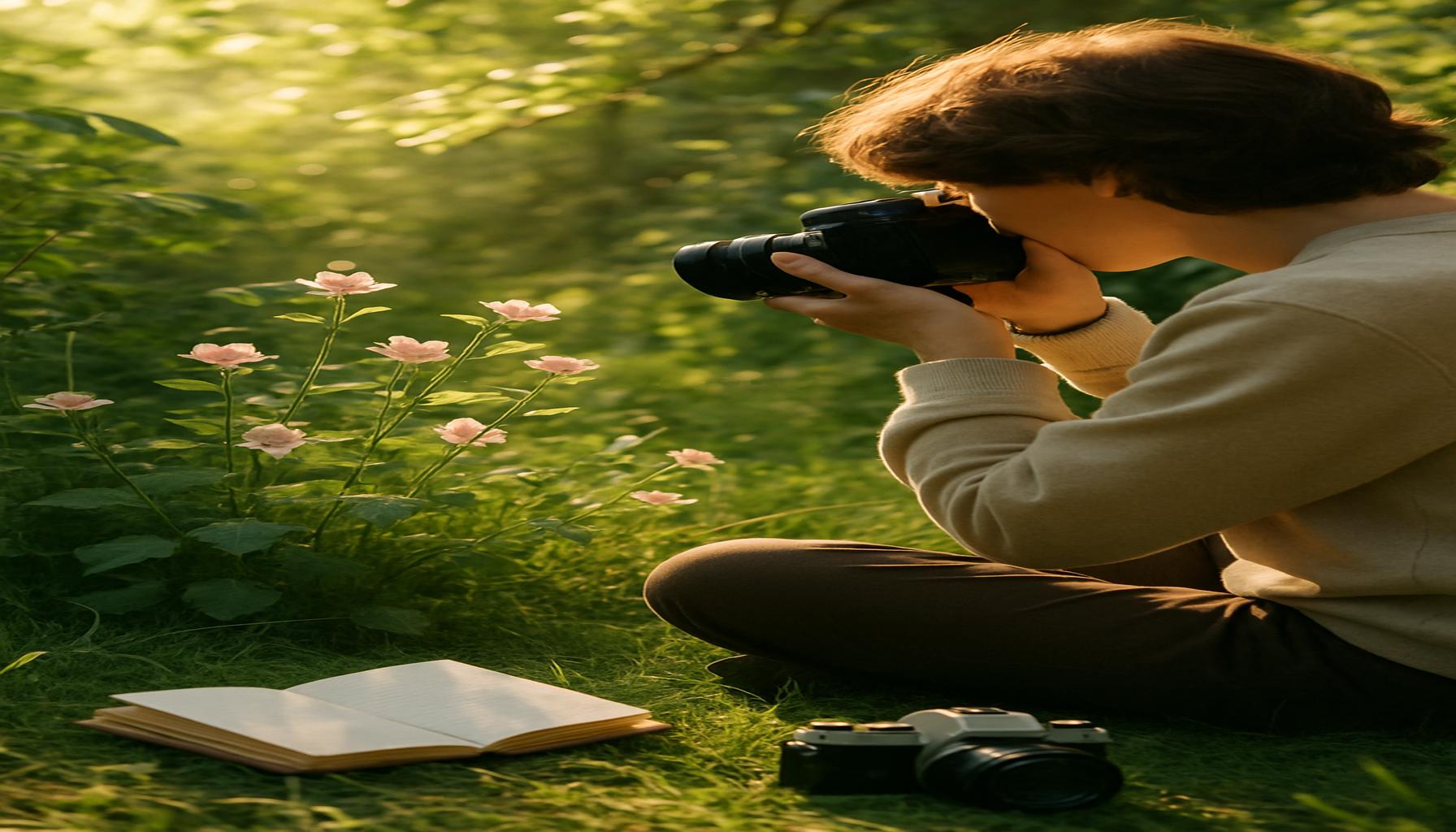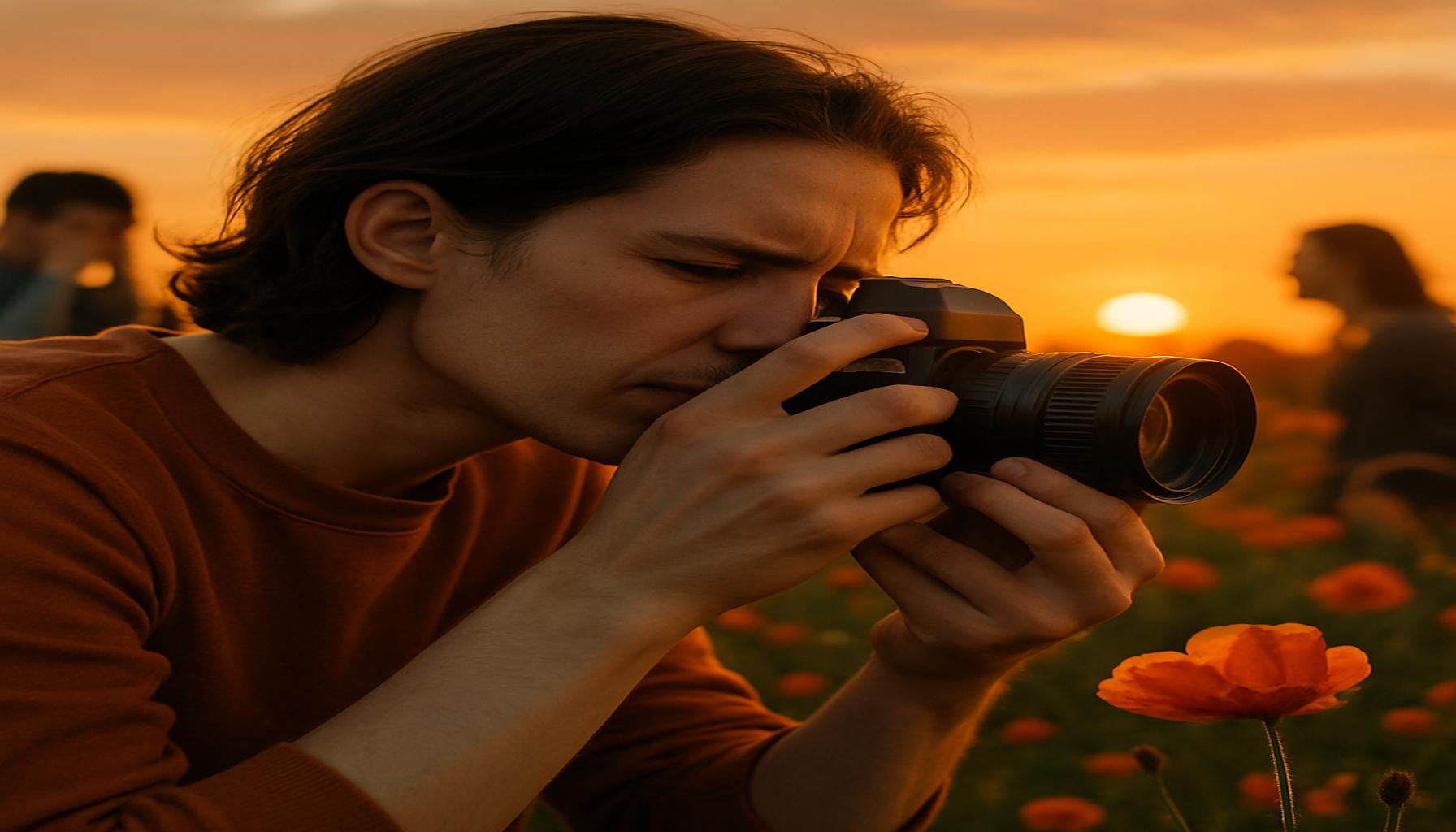Nature Photography: Techniques to Capture the Beauty of Wildlife
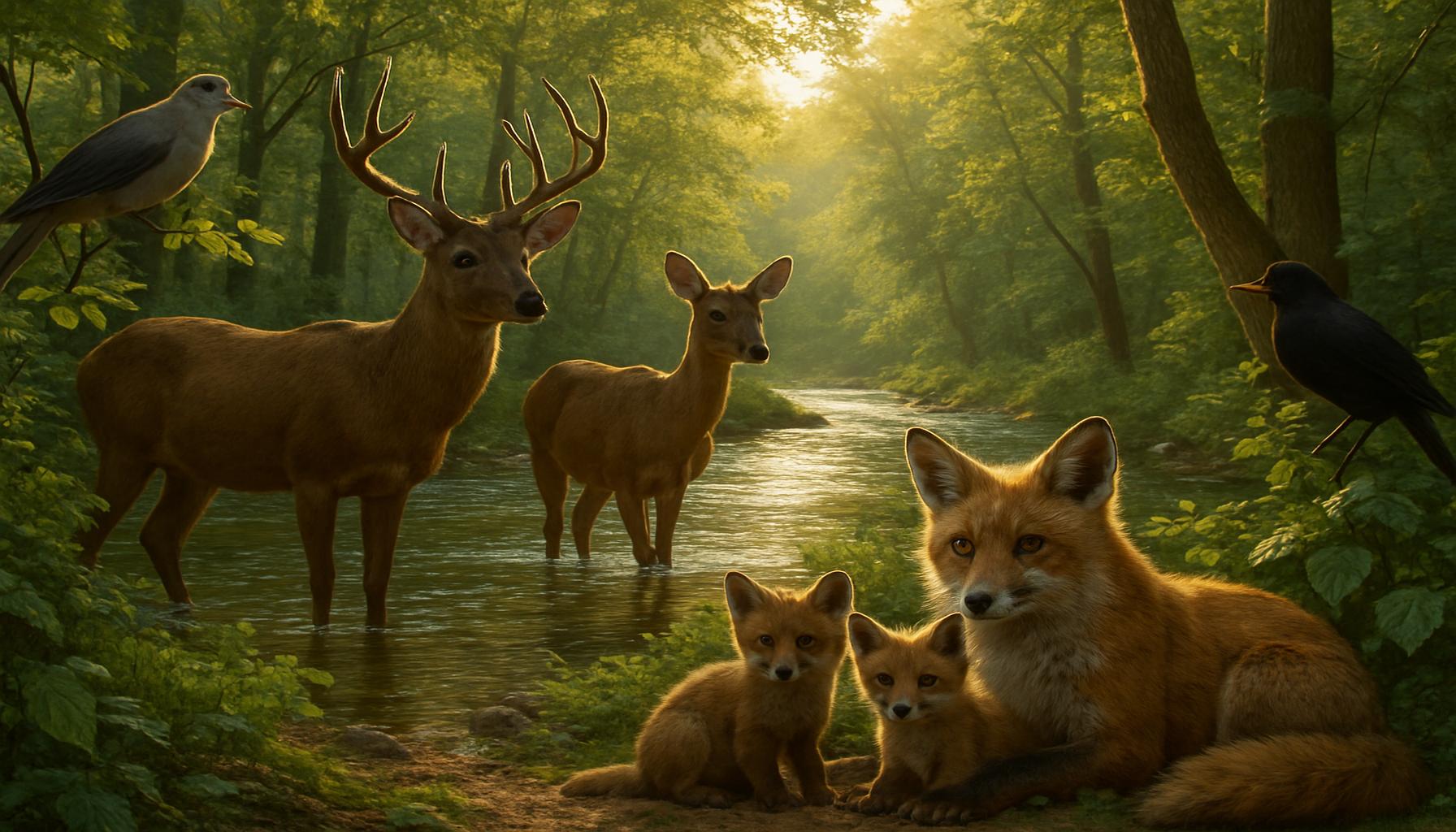
Unlocking the Potential of Wildlife Photography
Every snapshot taken in the wild tells a unique story, with each photograph serving as a window into the captivating lives of animals. With the right techniques, wildlife photography can transport viewers into these intriguing narratives, revealing not only the striking beauty of creatures but also their intricate behaviors. Capturing such moments requires significant skill and an understanding of the environment, creating opportunities to connect with nature like never before.
For both budding and seasoned photographers, achieving stunning wildlife images involves more than just investing in a high-quality camera. Below are some essential techniques that can significantly elevate your nature photography:
- Understanding Light: The golden hour—shortly after sunrise and before sunset—offers the most flattering natural lighting, enhancing colors and adding depth to images. For example, wildlife in the early morning, like deer grazing in misty meadows or birds awakening in song, can create ethereal photos, showcasing rich textures and the warm glow of dawn.
- Patience: Wildlife photography is often about waiting quietly in the right spot, observing the animal’s behavior before clicking the shutter. Consider waiting by a watering hole during peak hours to capture diverse wildlife, from elephants to smaller creatures like meerkats, as they approach for a drink. This waiting game often rewards photographers with breathtaking shots that encapsulate the essence of a species.
- Composition Rules: Familiarizing yourself with composition techniques such as the rule of thirds can lead to more balanced and engaging images. Instead of centering the subject, try placing it off to one side of the frame. This technique can create a more dynamic photo and give context to the animal’s environment, like capturing a fox poised gracefully in a field of wildflowers.
Mastering these techniques not only enhances the visual appeal of your photographs but also enriches the entire wildlife experience for the photographer. From the dense forests of the Pacific Northwest, teeming with diverse fauna, to the rugged mountains of Colorado, where majestic mountain goats traverse rocky terrains, nature offers countless opportunities for breathtaking captures.
As you delve deeper into wildlife photography, staying curious and vigilant is key. Each outing brings potential learning experiences to adapt to various environments and subjects. With practice, you’ll discover the true power of your lens, able to showcase nature’s beauty in ways that inspire and educate others. Whether you’re capturing a lion lounging in the African savannah or a hummingbird feeding in your backyard, each photograph tells a story worth sharing.
DISCOVER MORE: Click here to learn about the emotional and mental benefits of photography therapy
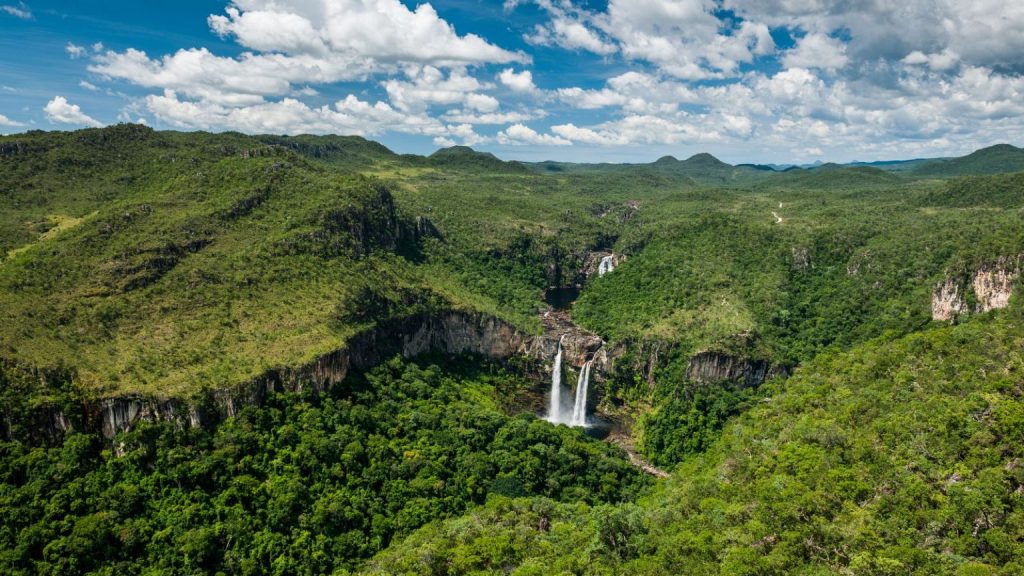
Techniques to Enhance Your Wildlife Photography
In the world of wildlife photography, skillful execution can make the difference between an ordinary image and a striking masterpiece. Understanding the unique aspects of your subject matter, ranging from behaviors to habitats, is crucial for capturing wildlife in its natural element. Here are some fundamental techniques to help you elevate your nature photography and truly showcase the beauty of wild creatures:
- Choosing the Right Gear: Having the appropriate equipment is essential for wildlife photography. A DSLR or mirrorless camera paired with a telephoto lens, ideally between 200mm and 600mm, allows for closer shots without disturbing the animals. The use of a sturdy tripod can also steady your camera for sharper images, especially when shooting at low shutter speeds.
- Focusing on Eye Contact: An animal’s eyes convey a significant amount of emotion and connection. When composing your shot, aim to capture clear eye contact; this adds depth to your photographs and pulls the viewer into the subject’s world. Whether you are photographing a tiger in a lush jungle or an owl perched on a branch, eye-level shots often yield the most engaging images.
- Utilizing Natural Frames: To add dimension and context to your wildlife photos, consider using natural elements as frames. Branches, leaves, and rocky outcrops can draw the viewer’s eye to the subject, enhancing the photo’s overall impact. This technique is particularly effective in environments like the dense forests of the Pacific Northwest, where layers of foliage can beautifully encase animals.
Moreover, understanding animal behavior is vital for better photography outcomes. Being aware of when certain species are more active can further increase your chances of capturing the perfect shot. For instance, many birds are most active during early morning or late afternoon, while large mammals often move at dawn or dusk.
Additionally, consider researching specific locations that offer prime wildlife viewing opportunities. National parks, nature reserves, and wetlands provide chances to witness an array of wildlife, each with its distinct behaviors and habitats. The Everglades in Florida, for example, is renowned for its diverse ecosystem where photographers might encounter everything from alligators to manatees, allowing for a myriad of photographic possibilities.
As you embrace these techniques, remember the importance of respecting animal habitats. Adopting ethical practices, such as maintaining a safe distance and adhering to park regulations, is essential for both the photographer and the subjects. This not only ensures your safety but also helps preserve the natural behavior of the wildlife you are documenting.
By honing these skills and techniques, you can capture images that not only highlight the breathtaking beauty of wildlife but also tell stories that resonate with viewers, fostering a deeper connection with the natural world.
Mastering Techniques for Wildlife Photography
Wildlife photography is not merely about pointing a camera at an animal; it’s about understanding behavior and environments to seize that perfect moment. Capturing the essence of wildlife requires not only the right equipment but also a blend of patience, timing, and exposure to the natural settings. Key techniques include understanding light and time of day, mastering composition principles, and utilizing various photography tools.One fundamental aspect is to select the right time to shoot. Golden hours—the periods shortly after sunrise and before sunset—provide impeccable natural lighting that enhances the colors and textures of the subject. Meanwhile, knowing the animal’s behavior can also significantly improve the likelihood of capturing stunning images. Researching feeding times, migration patterns, and mating rituals can offer insights into where to find and when to photograph your subjects.Another crucial technique is to learn how to use your camera’s settings effectively. For example, utilizing a fast shutter speed can help freeze motion, which is particularly useful when capturing swift or unpredictable wildlife. Likewise, mastering depth of field allows photographers to throw the background out of focus, drawing attention directly to the subject and instilling a sense of intimacy with the viewer.Moreover, incorporating creative framing methods can elevate your wildlife photography. Using elements of the natural environment—such as trees, branches, or water bodies—as frames can add depth and intrigue to your composition. Using leading lines, such as paths or rivers, can guide the viewer’s eyes toward the main subject, creating a more engaging visual narrative.Consider also the importance of post-processing techniques in today’s digital environment. Enhancing your wildlife photographs through editing can help to correct any exposure issues and highlight colors, making the images pop with vibrancy. Learning software like Adobe Lightroom or Photoshop is invaluable for this purpose, enabling you to take your images to the next level.In summary, capturing the beauty of wildlife through photography is a multifaceted endeavor that combines technical skills, an understanding of the natural world, and a creative eye. By mastering these techniques, photographers can tell compelling stories about the wildlife around them, inspiring others to appreciate and protect these beautiful creatures.
DIVE DEEPER: Click here to discover the power of collaboration in music
Advanced Techniques for Capturing Wildlife Moments
Once you’ve mastered the basics, delving into advanced techniques can significantly enhance your wildlife photography. These methods not only increase the chances of capturing stunning images but also allow you to better document the behavior and essence of your subjects.
- Mastering the Exposure Triangle: Understanding the exposure triangle—aperture, shutter speed, and ISO—is fundamental in wildlife photography. A wide aperture (like f/2.8 or f/4) creates a blurred background that isolates your subject and enhances the photo’s visual impact. Use faster shutter speeds (1/1000 second or faster) to freeze action, particularly for dynamic species like birds or running deer. Adjusting your ISO accordingly helps maintain image clarity, especially in lower light conditions, such as during twilight hours when wildlife is often more active.
- Exploring Different Perspectives: Getting low to the ground or climbing to higher vantage points can dramatically change the viewer’s experience. Shooting from eye level captures the world from the subject’s perspective, fostering an intimate connection. Unconventional angles, such as capturing an animal from above, can add a unique twist and intrigue to your photos. For instance, aerial shots of whales breaching the ocean surface offer stunning visual narratives that ground-level shots simply cannot.
- Utilizing Burst Mode: Wildlife can be unpredictable, and a fleeting moment can lead to a breathtaking shot. Employing your camera’s burst mode allows you to take several images in rapid succession, ensuring you capture crucial moments, such as a falcon diving for prey or a bear catching salmon mid-leap. Reviewing these images can help you select the perfect shot that might have otherwise gone unnoticed.
Moreover, patience and anticipation are virtues every wildlife photographer should cultivate. A significant part of wildlife photography involves waiting for the right moment—the ideal pose, the unfolding interaction between animals, or even the lighting conditions that can transform an ordinary scene into a captivating image. For instance, golden hour, the time just after sunrise or before sunset, provides soft, warm light that enhances the colors and textures of landscapes and wildlife alike.
Understanding the vocalizations and movements of different species can also help prepare you for the perfect shot. Become familiar with animal calls and behaviors; spending time observing before photographing can yield valuable insights. For example, knowing that certain birds display courtship rituals in specific times of the year can help you position yourself accordingly to capture these enchanting moments.
Inspiring wildlife photography often involves a strong narrative element. Tell a story through your series by capturing different behaviors, interactions, or even physical changes throughout the seasons. Documenting the migratory patterns of a flock of cranes or the life cycle of a tadpole to frog creates a compelling visual tale that goes beyond individual snapshots, allowing viewers to connect with the broader themes of life in its untamed beauty.
By further honing these advanced techniques, you can not only capture wildlife in stunning detail but also convey the essence of their lives, creating a more profound connection between your images and your audience, inspiring them to appreciate the beauty and fragility of nature.
DISCOVER MORE: Click here to dive into watercolor techniques
Conclusion: Embracing the Art of Wildlife Photography
As you venture into the captivating world of nature photography, mastering the techniques to capture the beauty of wildlife is not just about the mechanics of your camera; it is an immersive experience that requires a blend of skill, patience, and a deep respect for nature. Through understanding the exposure triangle, experimenting with unique perspectives, and utilizing features like burst mode, photographers can significantly elevate the quality of their images. These technical skills, when combined with an appreciation for the behavior of animals, allow you to anticipate moments that can result in breathtaking shots.
Moreover, storytelling plays a crucial role in engaging your audience. By capturing rich narratives of wildlife, such as seasonal changes or interspecies interactions, you invite viewers to connect with the subject matter on a deeper level. This connection not only highlights the beauty that surrounds us but also illuminates the fragility of nature’s ecosystems, inspiring a sense of responsibility to protect these habitats.
Ultimately, good wildlife photography requires us to engage with the environment, observe patiently, and record the enchanting dramas of life as they unfold. Each photo has the power to evoke emotion, provoke thought, and foster a drive for conservation. So equip yourself with these advanced techniques, respect the wild, and let your lens tell the story of nature’s magnificence to the world.

